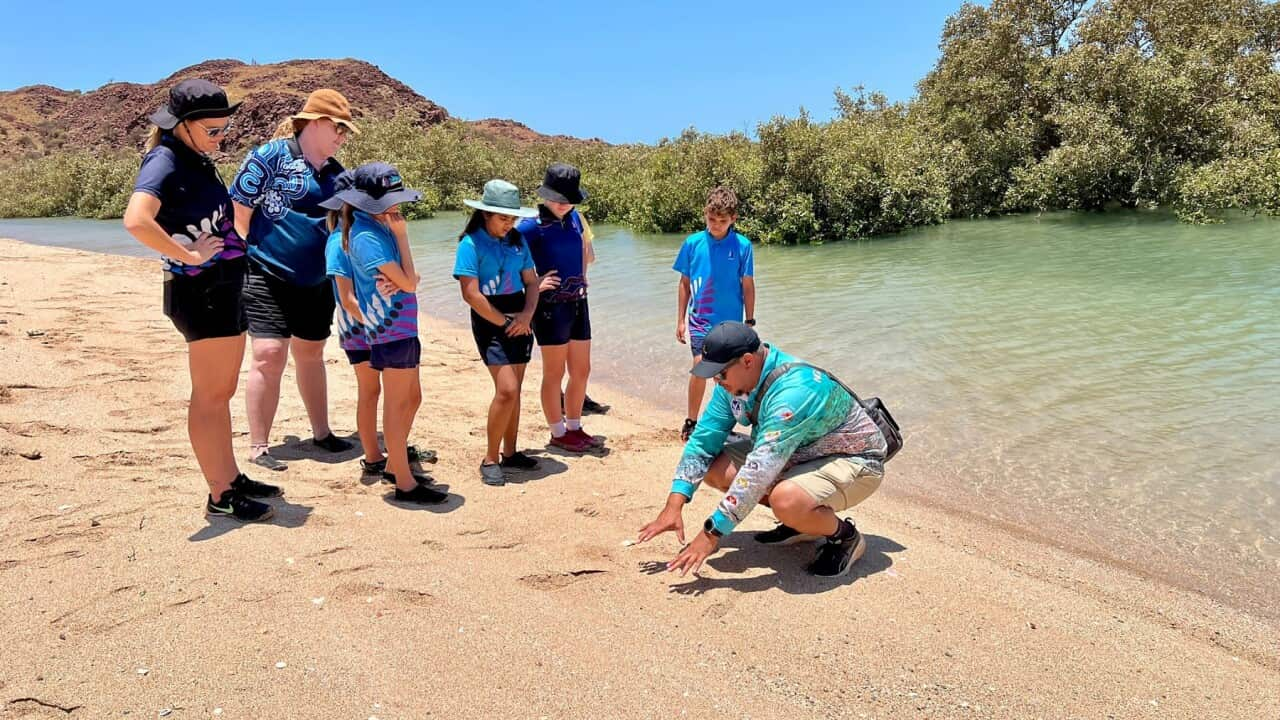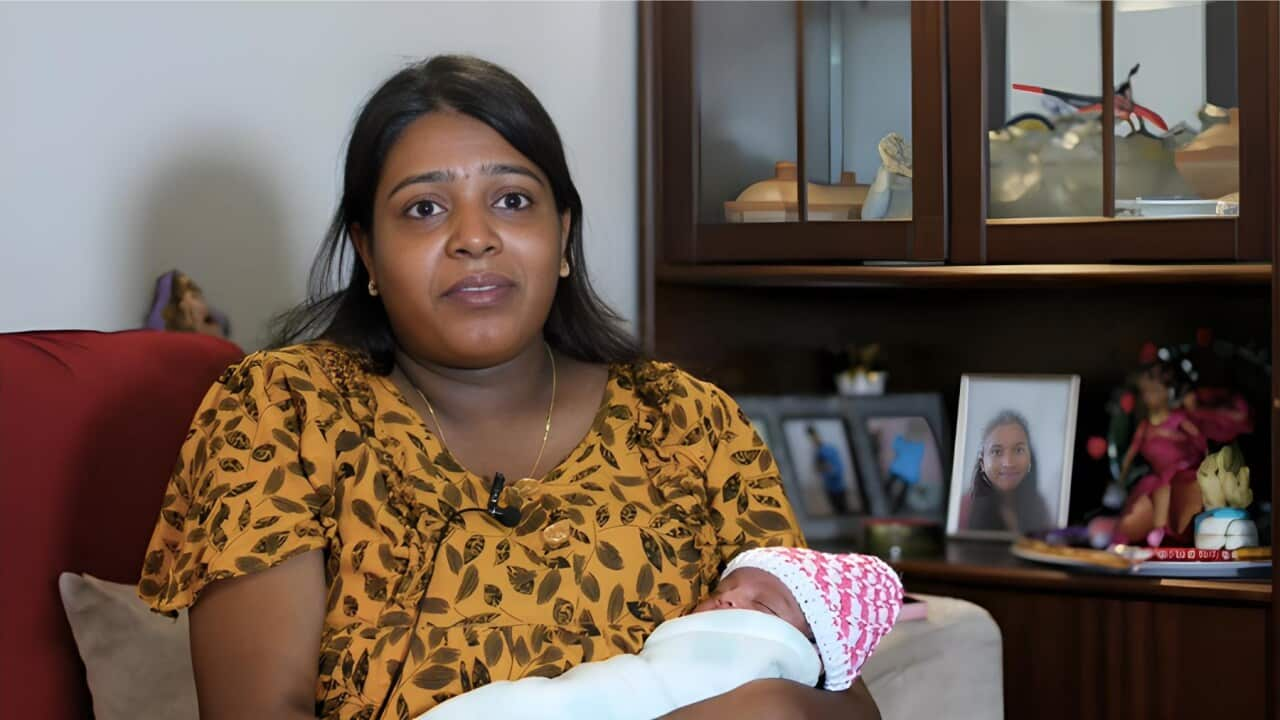TRANSCRIPT
A new report has revealed student science literacy in Australia has barely improved in almost 20 years.
The data, from the Australian Curriculum Assessment and Reporting Authority, has found only 57 per cent of year 6 students attained the science proficiency standards in 2023.
That's compared to 54 per cent of year 6 students in 2006, almost two decades ago.
The Australian Academy of Technological Sciences and Engineering is calling on state and federal governments to urgently address the lack of progress.
Chief Executive Kylie Walker.
"We've found that only 57 per cent of year six students nationally have attained the science proficiency standard last year. Unfortunately, that really hasn't changed in about the last 20 years. For year 10 students, it's slightly less, just over 50 per cent attained to the proficiency standard. So, what we've seen here is a stagnation in terms of Australian students' capability and proficiency in science both at the end of primary school, and at that crucial year 10 level as well."
Ms Walker says there's a range of factors as to why STEM literacy has remained so low.
"We have got a fragmented sister education system in that we have eight different jurisdictions managing their own curricula. We've also got a national curriculum and on top of that, so nine different sort of sets of standards if you like, in terms of the kind of material that's being taught and the kind of requirements that are being put on teachers. We can also talk about resourcing. So, one of the results is that proficiency standard is much lower for regional students than for urban students. On average, I think they're down to about 42 per cent achieving proficiency in year six compared with 58 as the national average. And when you look at that, it's about resourcing."
For Aboriginal and Torres Strait Islander Year 6 students, it's even worse, with only one third attaining the proficiency standard in science subjects.
But there are organisations and programs in Australia which are working to combat these statistics.
Living STEM is an education program in Western Australia connecting schools with Indigenous communities and knowledge holders through the CSIRO.
Director of Education and Outreach at CSIRO, Ruth Carr, explains how Indigenous knowledge can benefit the teaching of science.
"The first and foremost of it is understanding traditional knowledges that are really local in that place. And we are talking, in this particular example, we are talking about Indigenous knowledges around resin and how that can be used as a product for building things and making things. And that's an Indigenous knowledge. And then it's connecting that in the classroom to what are the properties of the resin, why does the resin behave like that? So that's the western science component, and bringing those two together, which just makes it relevant to the young people in the classroom."
STEM education, being science, technology, engineering and mathematics, is seen as a critical part of education - from early learning to high school.
At Charles Sturt University, research is being conducted to examine and enhance STEM education in rural and remote communities.
Lecturer in Teacher Education at the university Dr James Deehan is leading the research team, and says it's essential people in rural and regional communities have equal access to STEM education.
"STEM education, in some respects represents the future of pretty much every economy globally. If we take the core skills that STEM represents, because it's not just science, technology, engineering, and mathematics smooshed together, it's about critical and creative thinking, problem solving, seeing links between areas, doing things authentically in non-linear and messy kind of way. And so those skills cut across almost all areas of the economy in all professions, if I'm being quite honest."
So, what can be done to improve STEM literacy?
Ruth Carr says supporting teachers is key.
"We talk about teachers like they're the problem and teachers aren't the problem. Can I just say in every classroom, in every school, there is a dedicated teacher that only wants the best for their students, but we don't have enough teachers. Our teachers aren't properly qualified in STEM. So at the moment, we've got about one in eight STEM classes in year 10 being taught by a non-STEM professional. So, someone that doesn't have a STEM background. These teachers are doing their absolute best, but how can we support them more? How can we assist them? How can we help them bring real world science into the classroom?"
For Kylie Walker, it's as simple as harnessing and encouraging curiosity, rather than blocking it.
"If you think about the things that you remember about doing science at school, I bet that the things that you remember are the hands-on activities. You're probably not going to fondly have a memory of a lot of theory chat, so we know that that hands-on connection is crucial. We need to make science interesting, fun, meaningful to students, and we need to be able to unlock their natural curiosity because kids are naturally curious beings. Anyone who's ever met a 4-year-old knows that constant stream of questions about why and how and what if it just never actually stops. And if we can harness that natural curiosity, that can be a really powerful tool for education."













